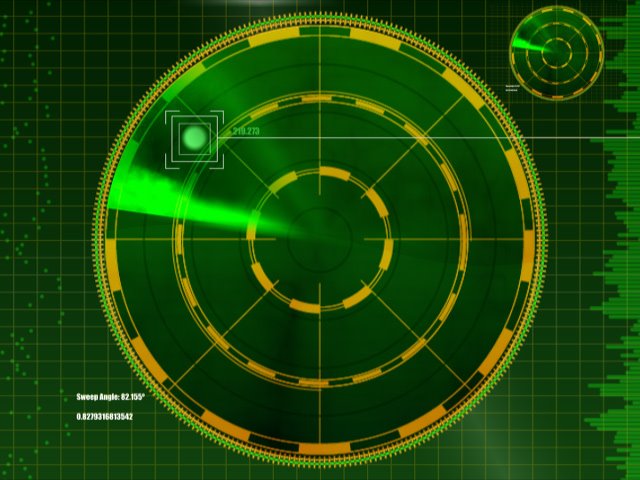
When an interesting target approaches, he'll fire and get a speed nearly instantly. He'll have the radar shut off, on standby. The detector could be alerting to a trooper working traffic ahead. Hilly terrain can block the signal as well. The radar may be pointed away from your direction of travel, for instance, or angled across the roadway ahead, reducing warning range. Weak K- or Ka-band radar alerts that quickly disappear may seem to be false alarms. Ka-band alerts should be taken seriously since there's little besides police radar occupying that part of the frequency spectrum. They use radar that causes radar detectors to false-alarm hysterically. No other state continues to use this ancient radar frequency.Ī K-band alert might be the cops but it's just as likely to be the BSM (Blind Spot Monitoring) radar in a nearby car.īlind Spot Monitoring systems warn when a lane change is dangerous. Unless you're driving in Ohio, it's safe to ignore X-band alerts.
NET RADAR SETTINGS HOW TO
Secret #3: Learn how to interpret its alerts Some metal-cased radar detectors get even hotter.

The windshield acts like a magnifying glass and we routinely find polycarbonate-case radar detectors reaching 150° within 90 minutes. In summertime, another good reason to remove the detector during daylight hours is to shield it from sun. Rub off any suction-cup marks on the windshield they also advertise the presence of a radar detector. When you're leaving the vehicle unattended, particularly overnight, always hide the detector along with its cord and bracket, both of them dead giveaways that a detector is inside. Leaving a detector-equipped car in an unattended parking garage is no different than leaving a $100 bill on the dash. "To me, they're the moral equivalent of burglar's tools," veteran Beachwood, Ohio Police Department traffic officer Bill Balcom told me once, reflecting the view of many officers. For one, you're advertising the fact that you're packing a radar detector. (The only defense is a laser jammer.)Ī mid-windshield location also entails some compromises. Move the detector still higher and the extra distance makes its job even tougher.
NET RADAR SETTINGS LICENSE
If it's aimed at the grille or front license plate, the areas officers are trained to target, a dash-mounted detector has trouble spotting the laser. Keep in mind that the width of a laser beam at 1,000 feet is no more than three feet in diameter, sometimes even less.

Moving the detector from the dash to the upper-windshield area won't improve performance In 35 years of testing detectors I've never seen range increase by moving one higher.Īside from a dangling power cord, there's another drawback to mounting a detector up high: It screws up laser detection. The signal ricochets among these objects, enabling detectors to spot it. The radar beam bounces off anything impenetrable in its path-road signs, structures and pavement included. Its beam is narrow, often no more 12 degrees wide. Unlike signals from a radio tower, police radar is not omni-directional, transmitting in a 360° circle. The challenge then is how to power it without running wires all over the cockpit.


 0 kommentar(er)
0 kommentar(er)
